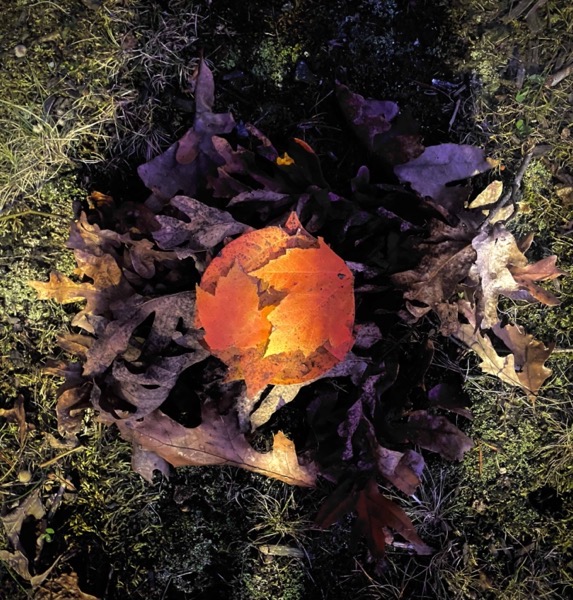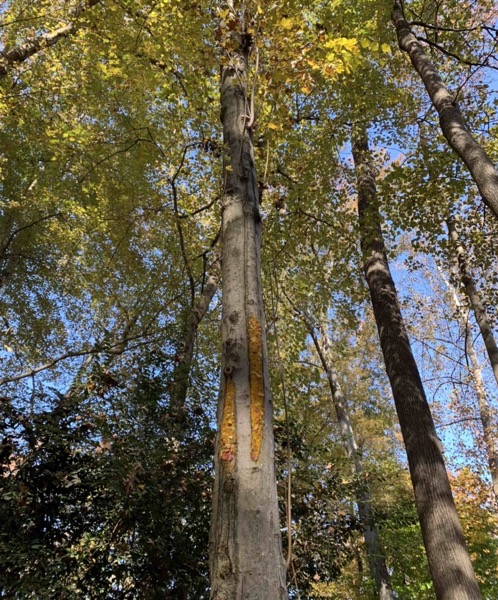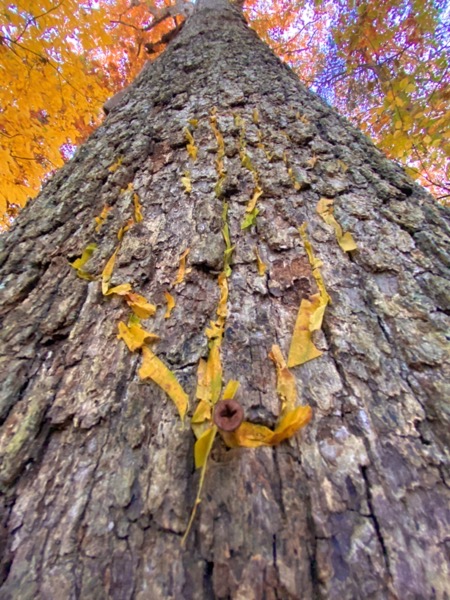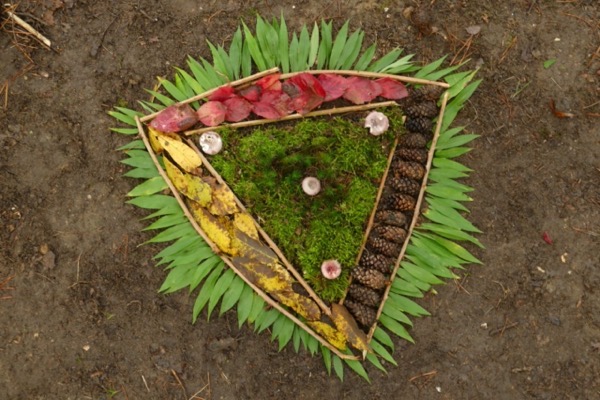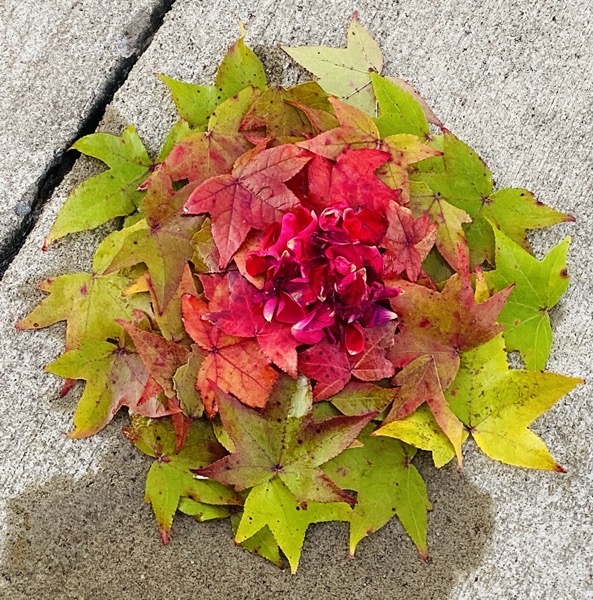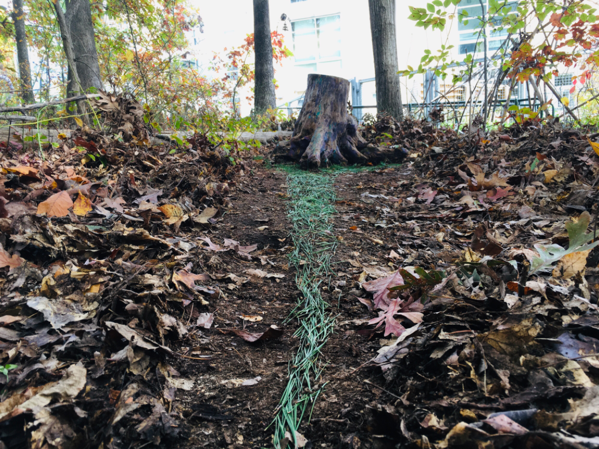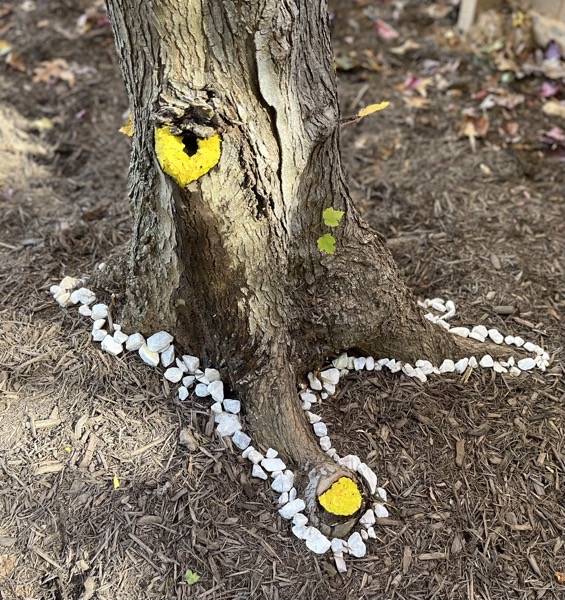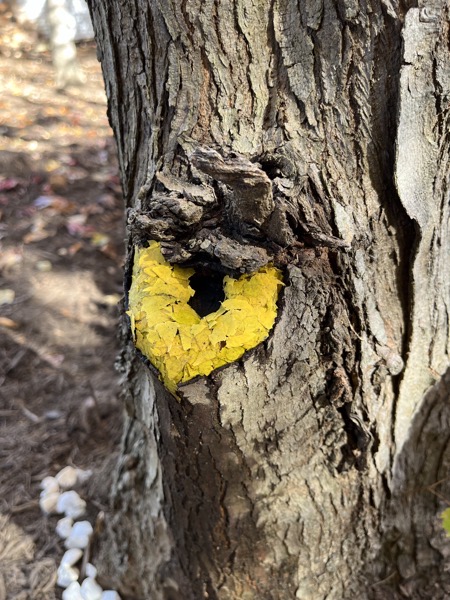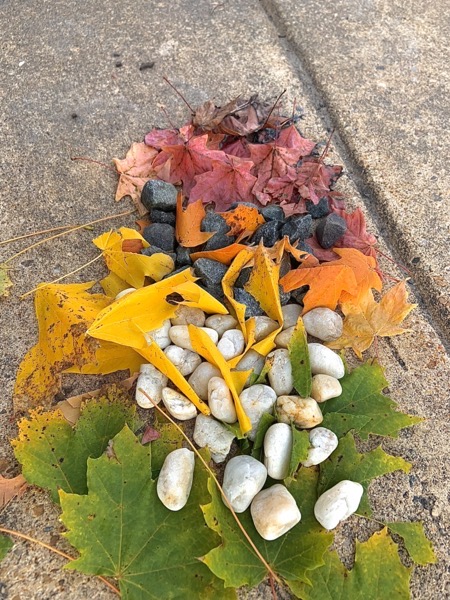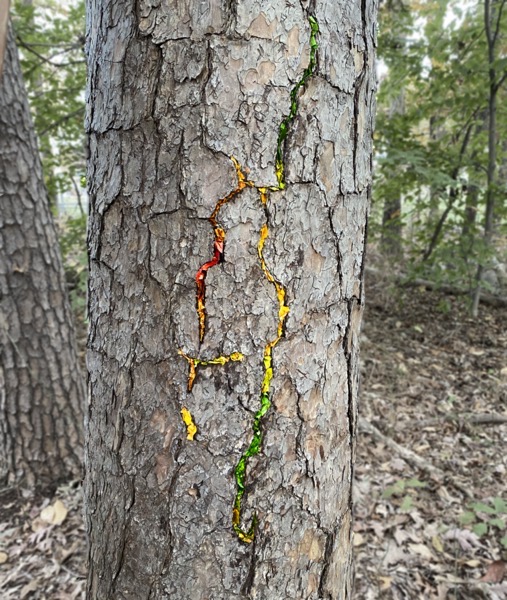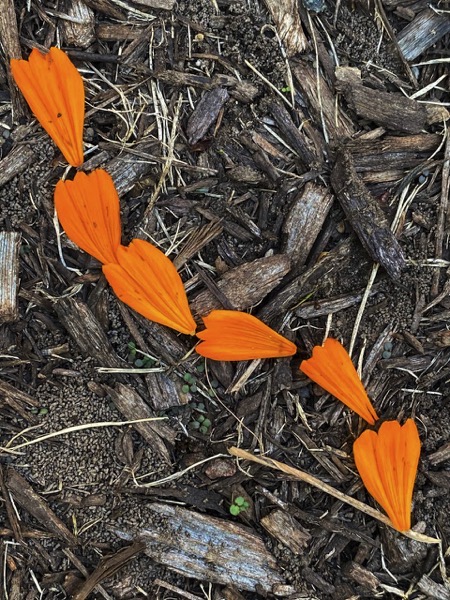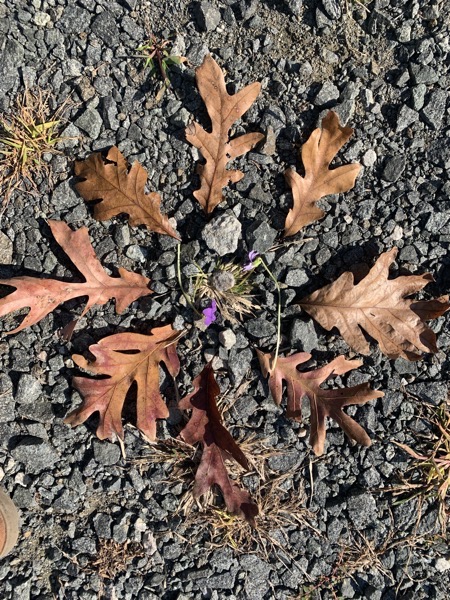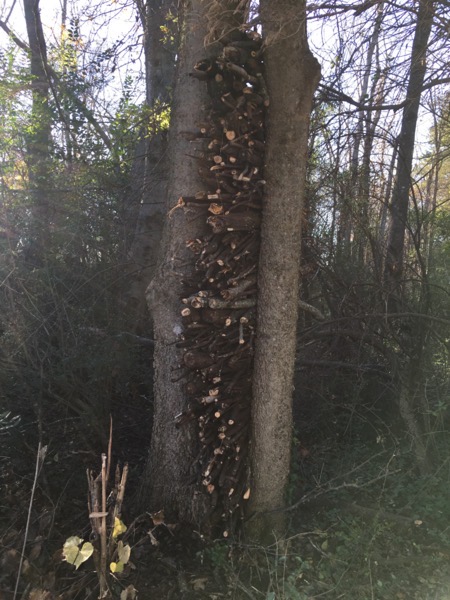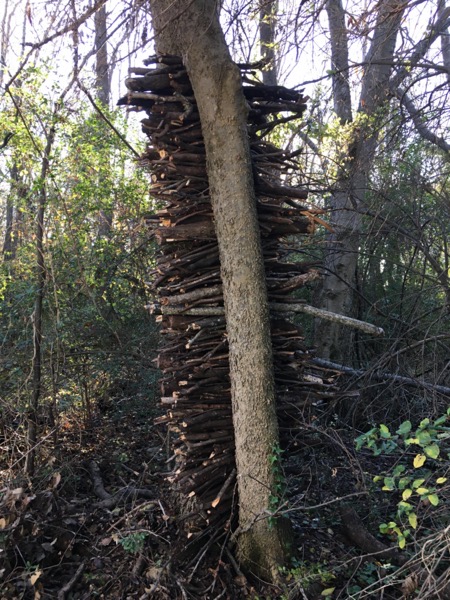In this project, you will be working outside to create an Andy Goldsworthy- worthy sculpture. Using found materials, you will create a site-specific installation that works with, and stands out from, it’s environment. You can create your installation in your yard, a local park, or in the wooded area behind the art building. As you look at Goldsworthy’s work, notice his use of simple geometric structures like lines, shapes, and simple forms like obelisks, mounds, and walls.
Selection of Materials
Its important to note that the careful selection of materials is the first step towards making a successful work in this vein. Goldsworthy selects leaves, sticks, and rocks with the utmost consideration for size, color and other qualities.
Responding to the materials
After selecting materials, respond to them. Some experimentation is in order here. What can these materials do? What are the qualities of the materials? How can you exaggerate these qualities? Do the materials lend them selves to building, or laying flat? What kind of forms and shapes will highlight the stand-out features oft materials?
Setting
After some experimentation with forms and structures, it is time to consider setting. Where can you put these materials that provides a good contrast? Look for places that are an opposite color, texture, or structure? Transpose your materials to a new, unexpected place. Use gravity or simple connection methods to place your materials. Don’t bring too many other things into this step. A bit of tape or string is fine, but see if you can do it with just natural components, like Goldsworthy.
Document the work
The work you are making is ephemeral. The only thing anyone else might see or experience is the documentation. Look at Goldsworthy’s photographs. How are they framed? They don’t show any extraneous information. They show just the sculpture and a bit of the surrounding area. There is nothing to distract. The photographs further enhance the contrasts and textures and colors of the work.
Impact
Be conscientious about picking your materials. Use things that are on the ground already. If you do pick live things, spread out the picking and don’t strip whole plants.
Tips:
–Do look for existing features and structures to work with and exploit, like roots, branches, gullies or other spaces and features that will add to your work.
–Do not rely on pictures and images to drive the focus of your piece. In other words, don’t draw pictures with your leaves and stay away from symbols and other recognizable imagery.
–Do allow yourself enough time to create the work. Look at how Goldsworthy transforms the materials, generally one sees the form and color before seeing the leaf! This takes time.
–Do not forget about emphasis and contrast. Emphasize a property of your found material and contrast it with the surrounding.
Timeline:
March 23- Introduce project
March 30- Have watched video “Rivers and Tides”, Bring collected materials to class for experimentation.
April 6- Project Due- Documentation posted to Miro board, and look at project in person if available.
The first thing you can do is watch “Rivers and Tides” on Amazon Prime Video. If you don’t have access to this, you can watch it here:


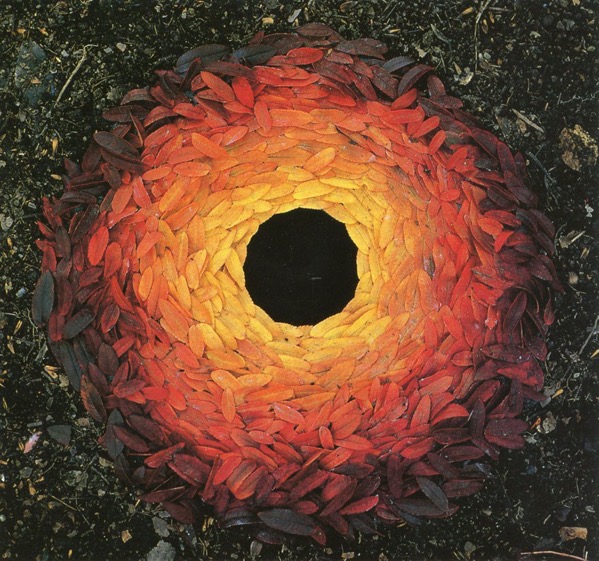
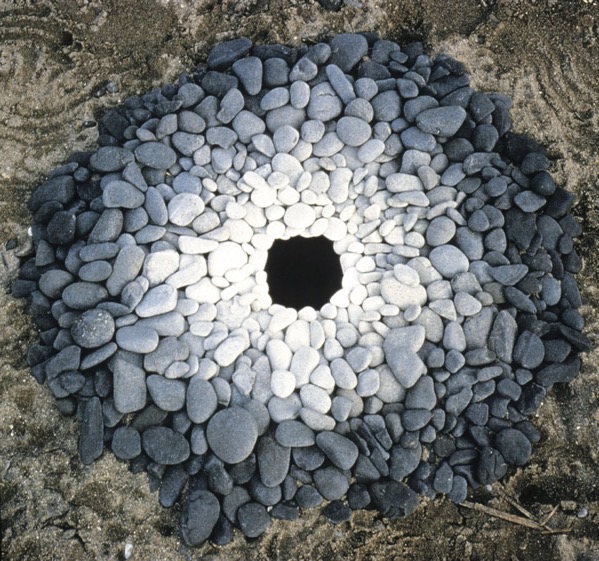
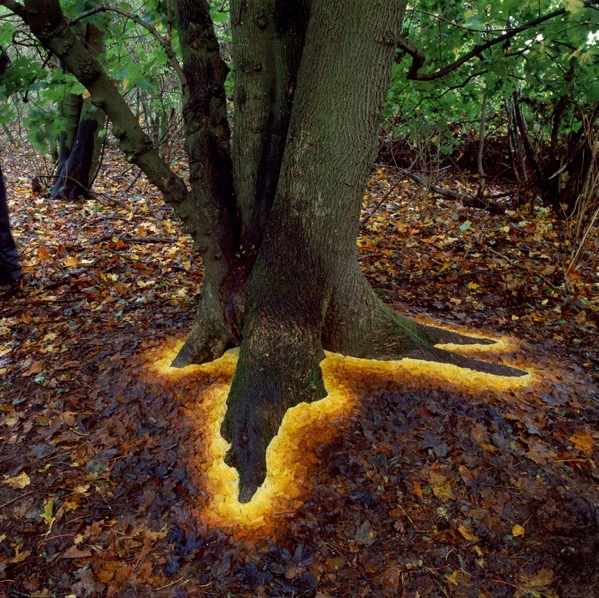
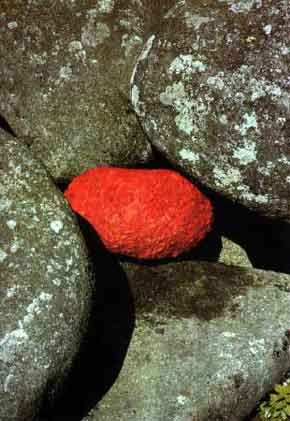
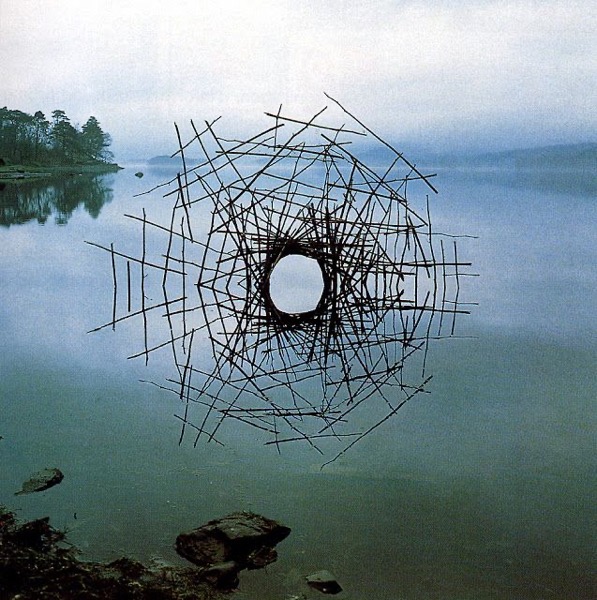
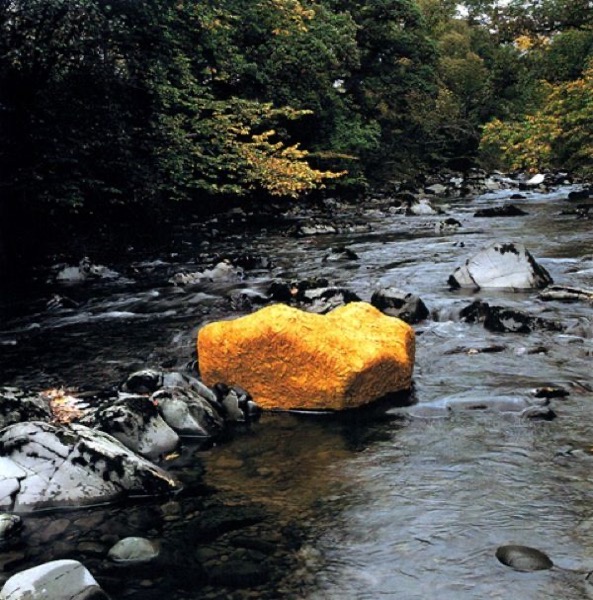
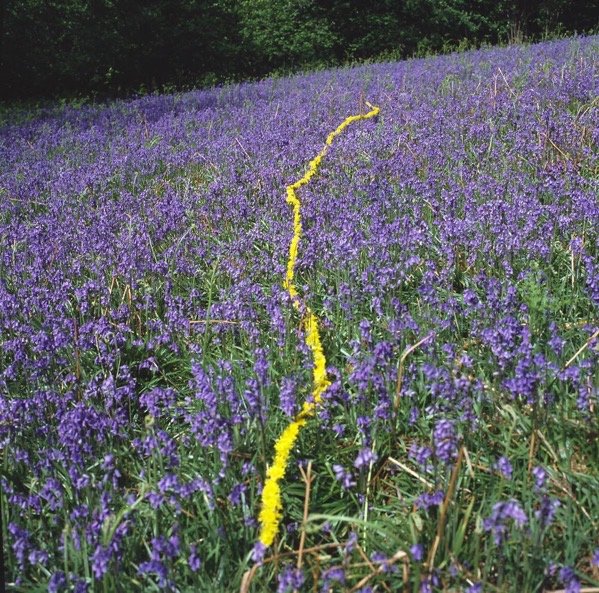
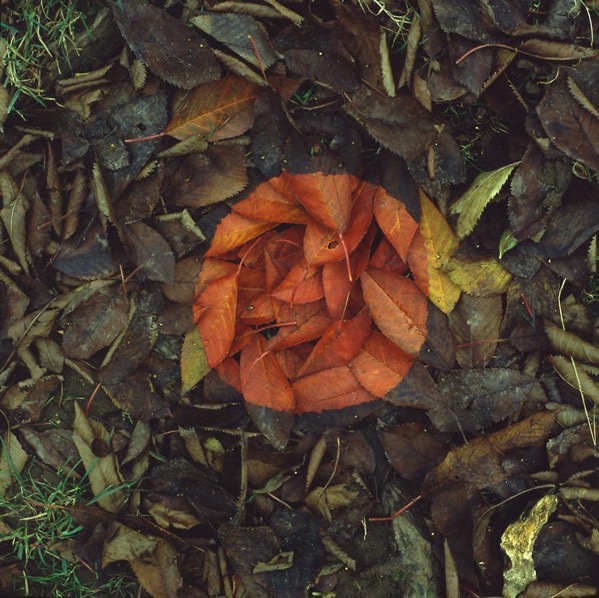
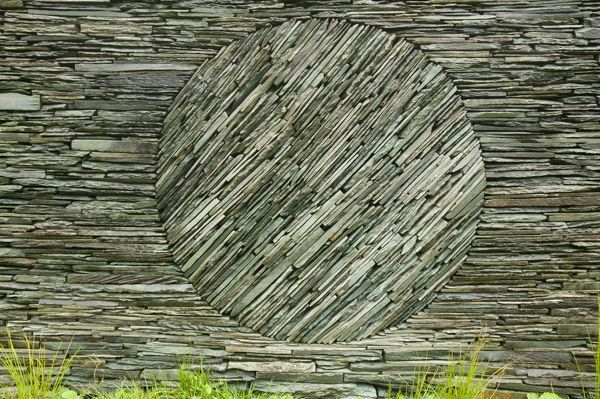
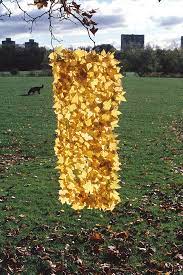
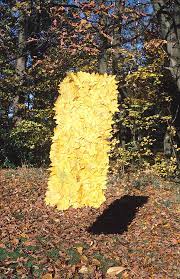
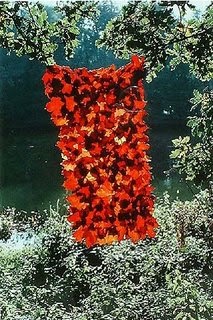

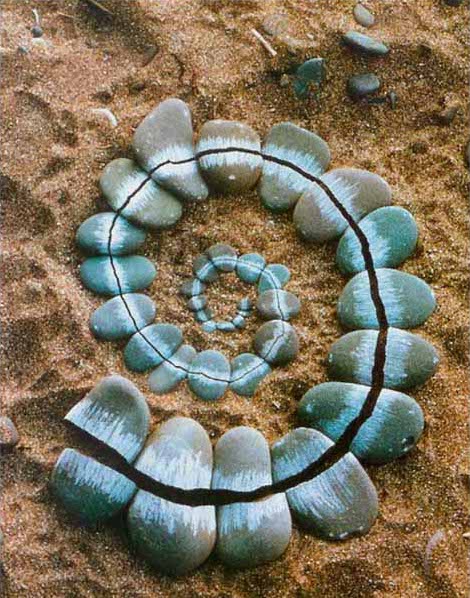
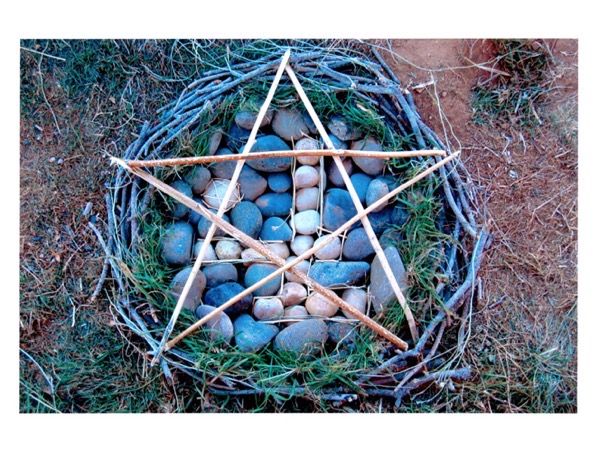
Some Student Examples
